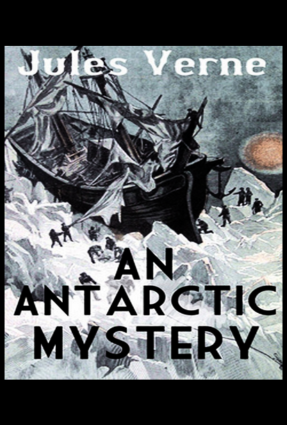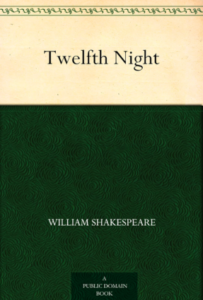An Antarctic mystery
Author: Jules Verne
Synopsis:
An Antarctic Mystery by Jules Verne is a captivating sequel to Edgar Allan Poe’s novel The Narrative of Arthur Gordon Pym. First published in 1897, this thrilling tale follows an expedition to the Antarctic, where the crew embarks on a perilous journey to uncover the fate of the missing Pym and solve the mystery of the frozen continent.
In An Antarctic Mystery, Verne takes readers on an adventurous voyage led by Jeorling, an American who is curious about the unexplored regions of the South Pole. Along the way, the crew faces treacherous icebergs, hostile weather conditions, and unexplained occurrences as they delve deeper into the mysteries of the Antarctic. The novel masterfully combines elements of adventure and science fiction, showcasing Verne’s visionary storytelling.
Jules Verne, born on February 8, 1828, is often considered the “Father of Science Fiction” due to his pioneering work in the genre. He is renowned for his imaginative novels like Journey to the Center of the Earth, Twenty Thousand Leagues Under the Sea, and Around the World in Eighty Days. Verne’s ability to envision space travel, submarines, and aerial exploration long before such technology existed solidified his place as one of the greatest science fiction authors of all time.
In An Antarctic Mystery, Verne explores themes of exploration, survival, and the unknown, making it a gripping read for fans of classic adventure and science fiction. The novel continues to be a significant work within Verne’s body of literature, highlighting his ability to intertwine scientific curiosity with the thrill of discovery.
For readers who enjoy tales of exploration and survival in remote, unexplored regions, An Antarctic Mystery by Jules Verne offers a compelling narrative that keeps readers engaged from start to finish. Verne’s ability to blend science fiction with adventure makes this novel a timeless classic.





